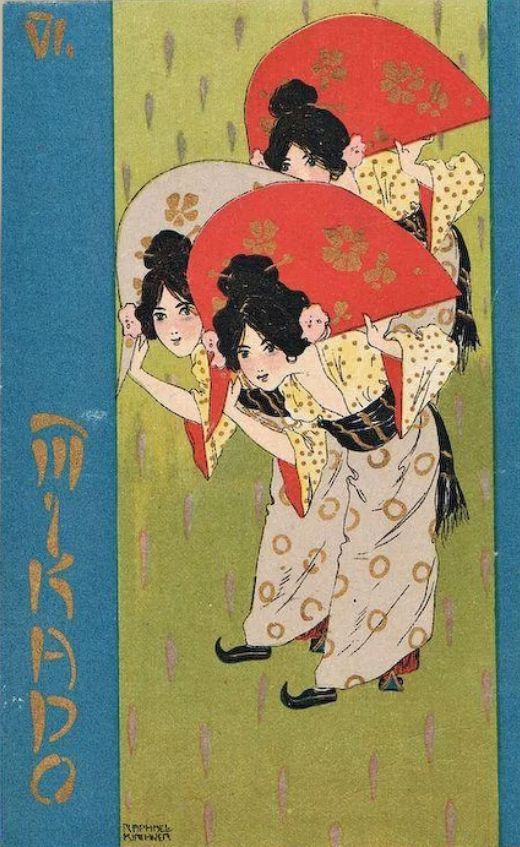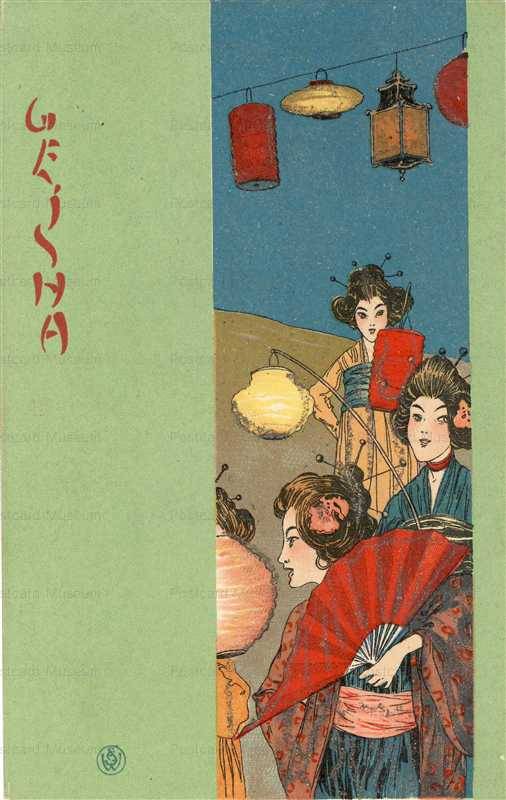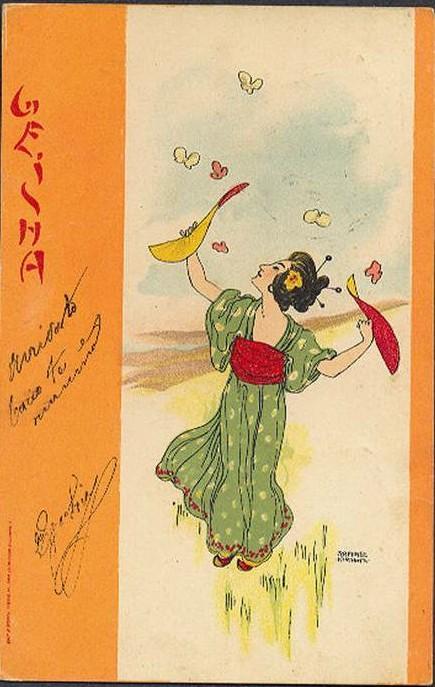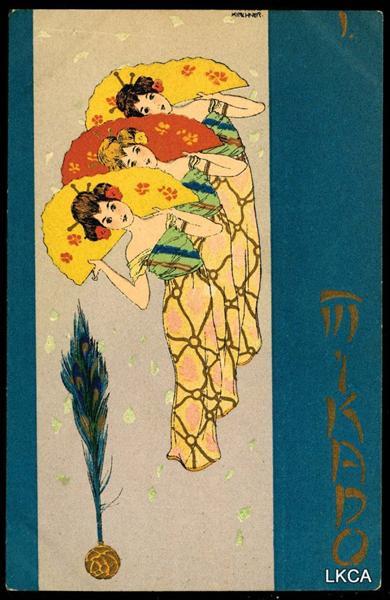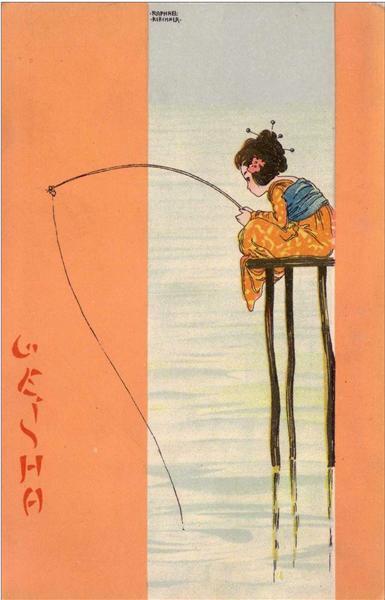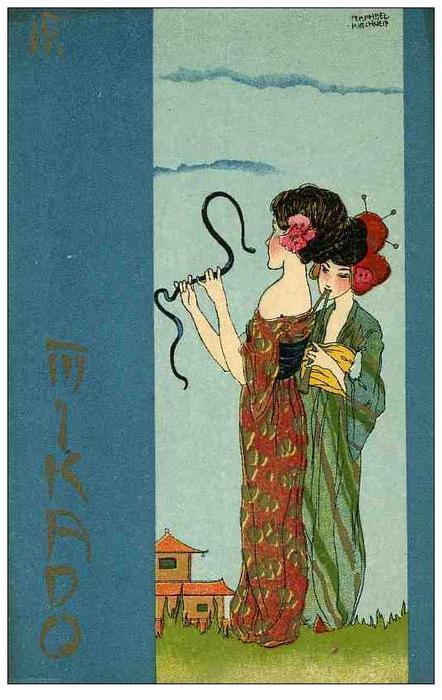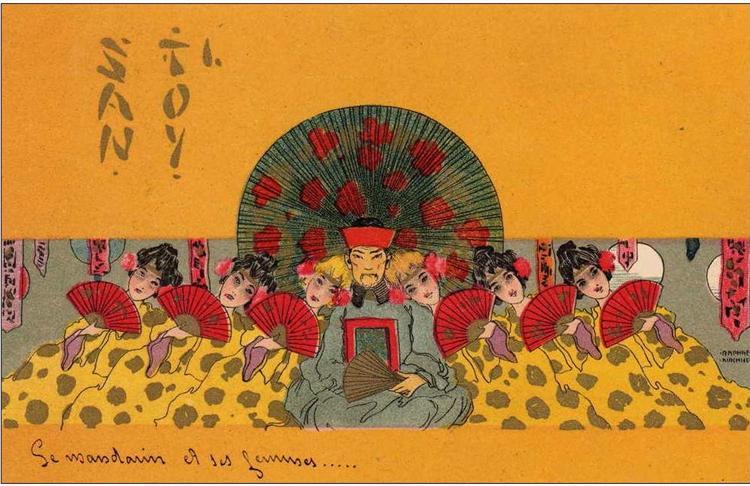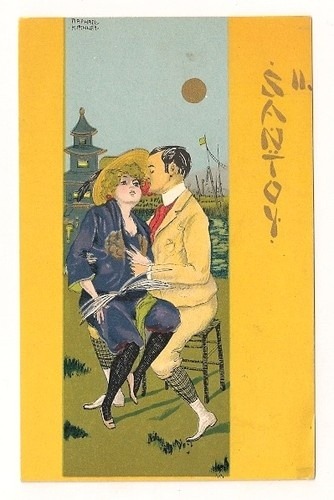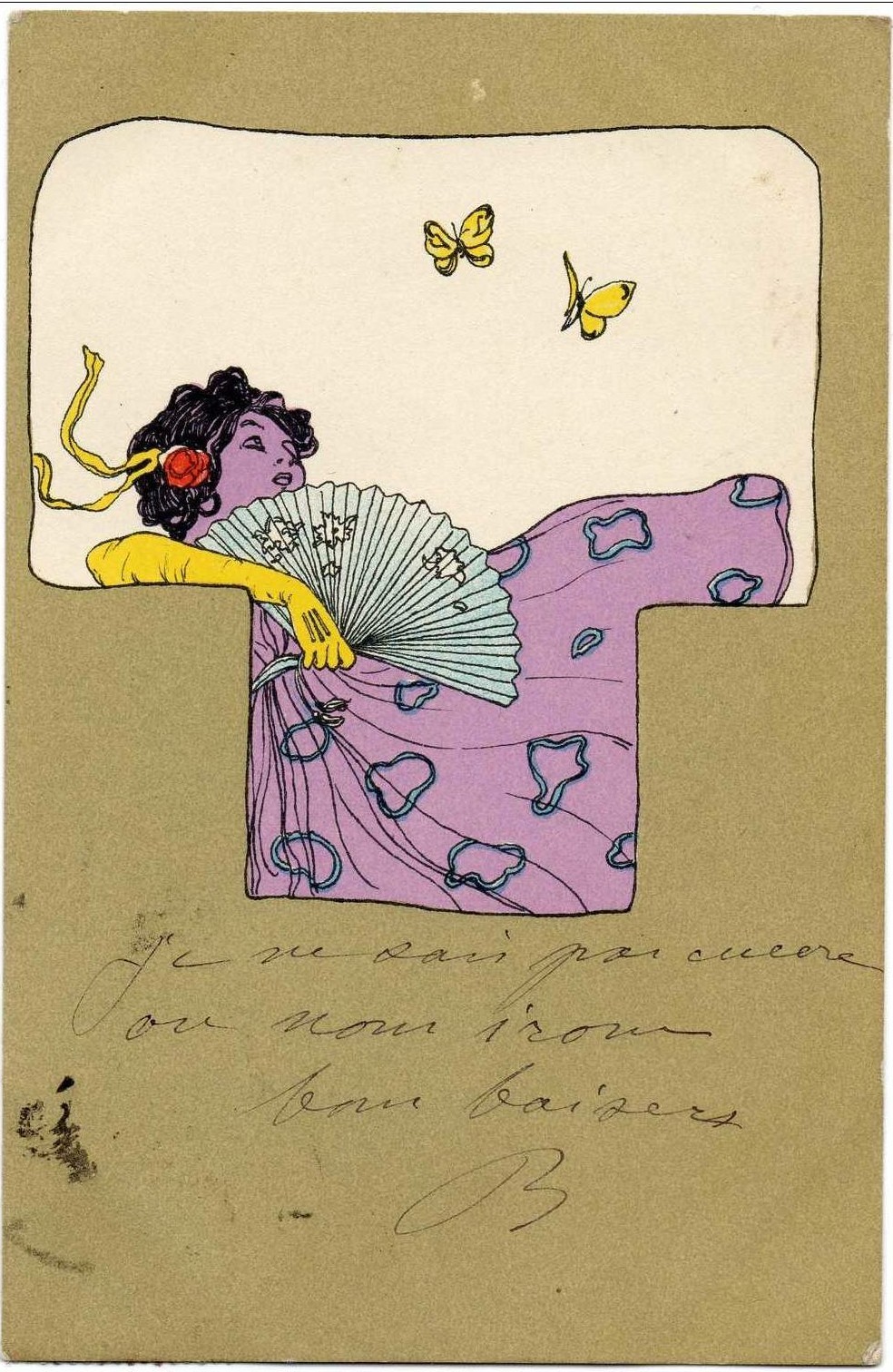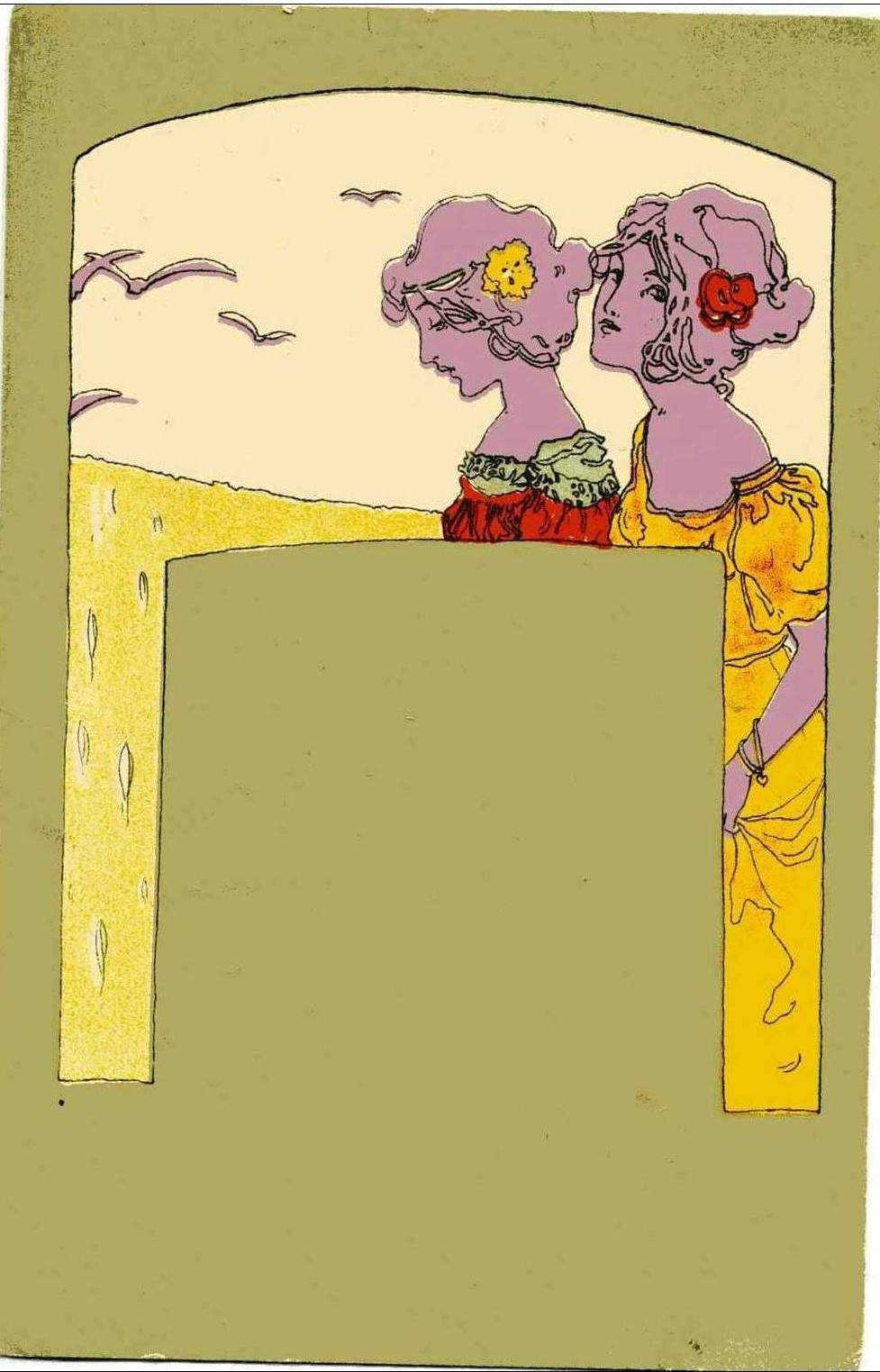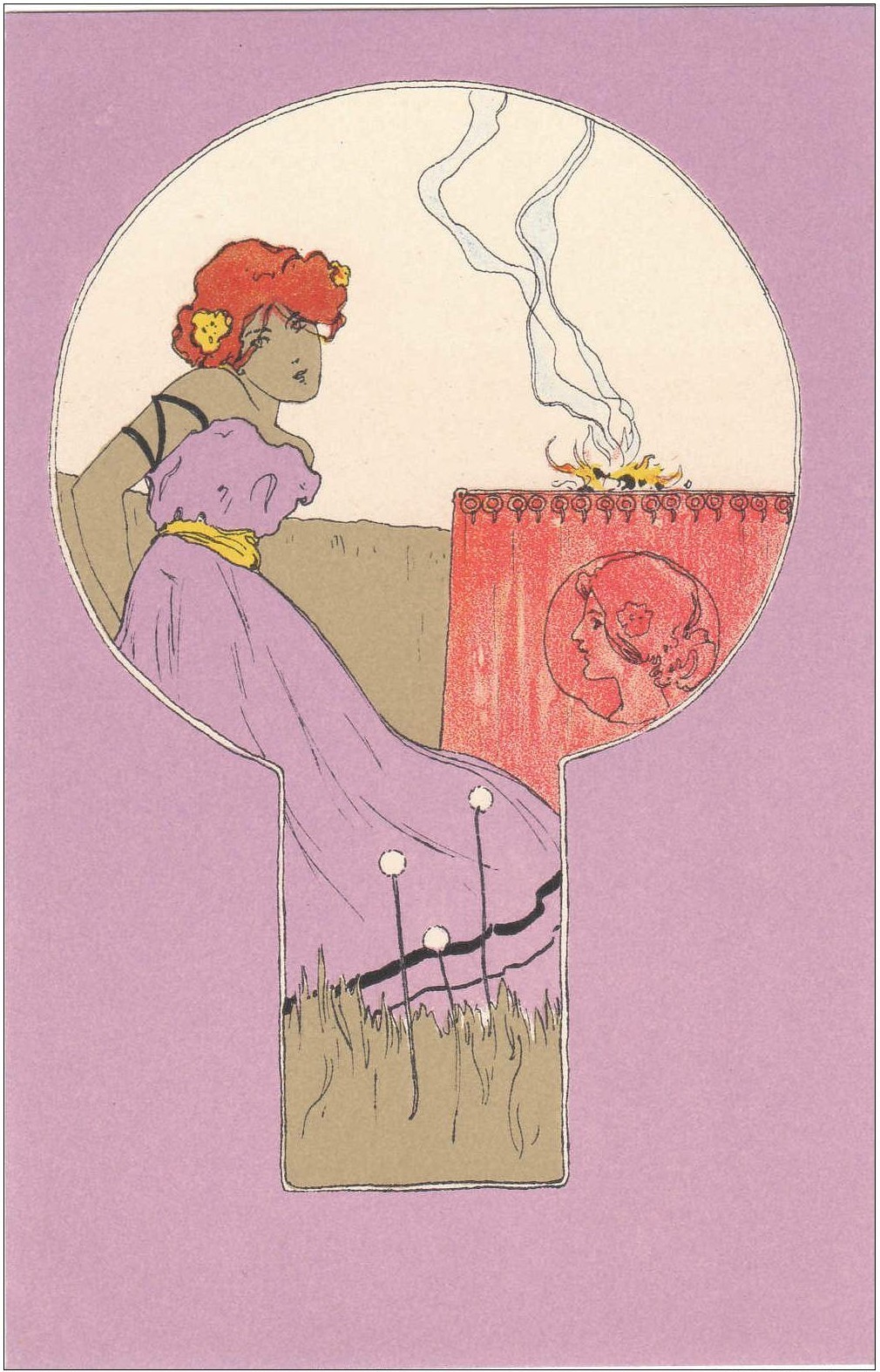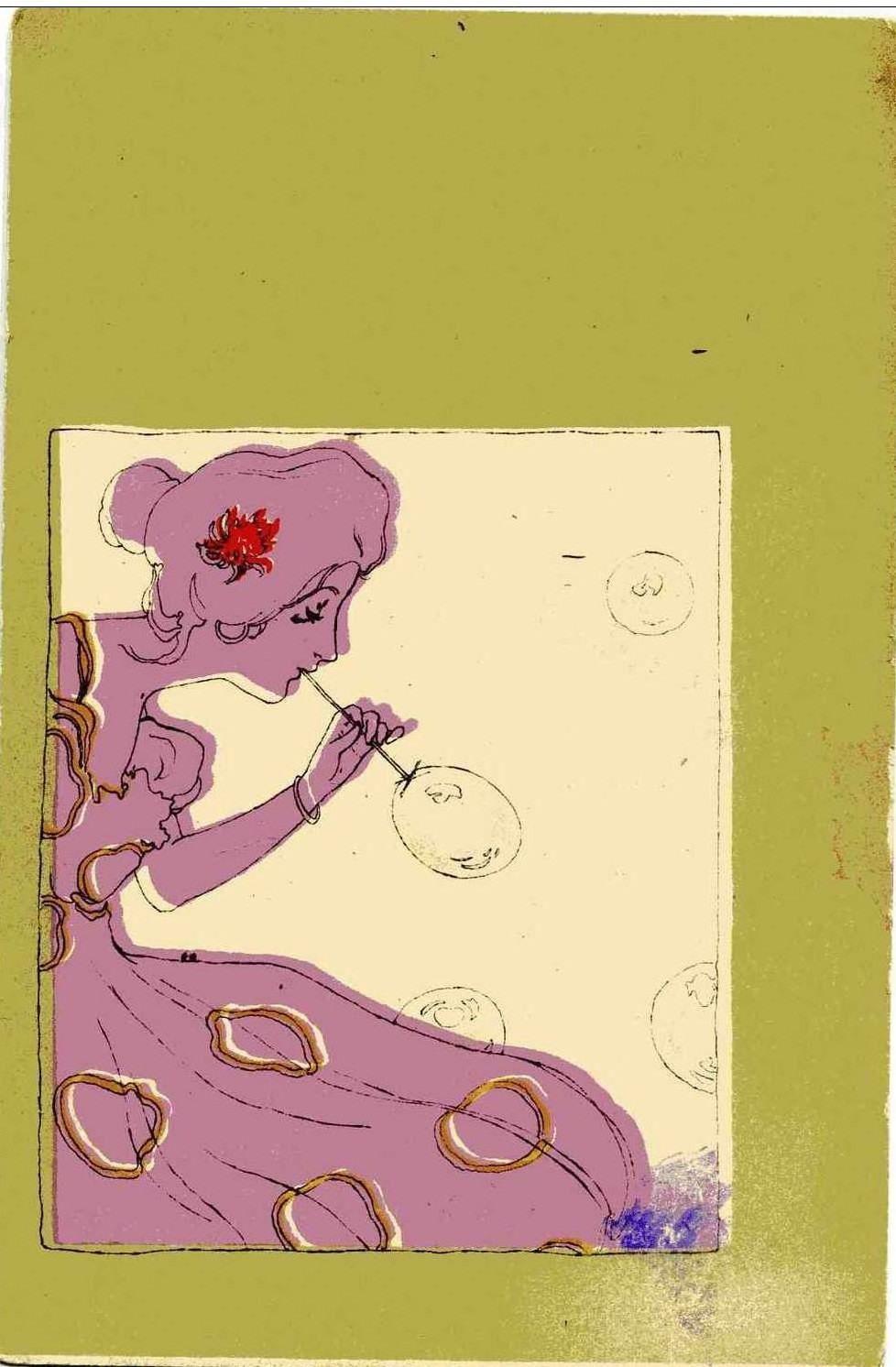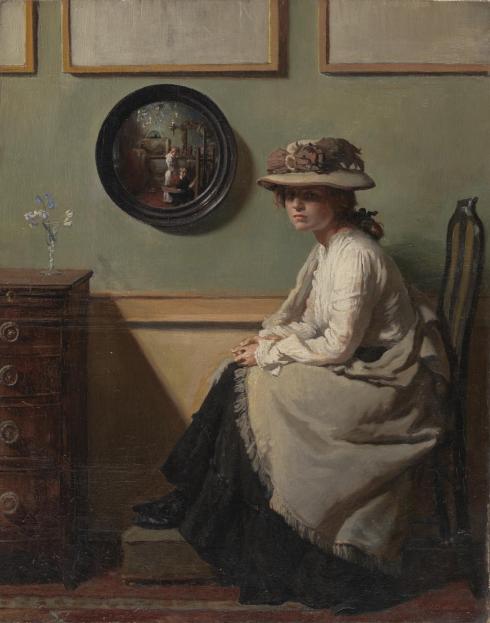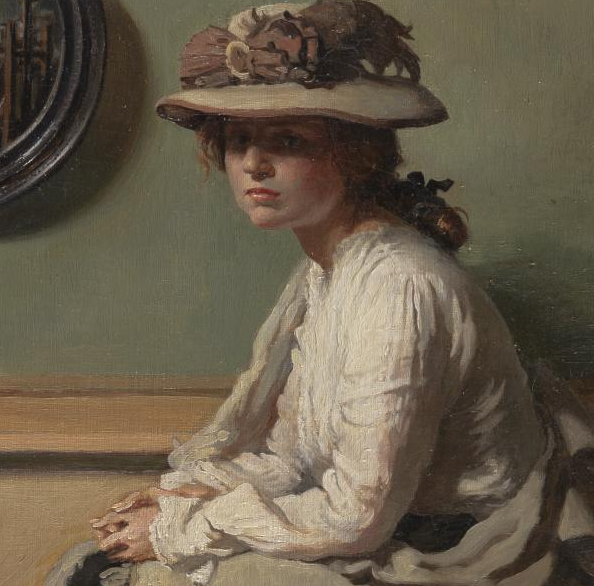‘Every day in London there is beautiful, absinthe-coloured weather. Is that enough to lure you here?‘ (*) – John Singer Sargent wrote in a letter to Claude Monet, on 28 December 1894.
P.S. This is my 300th post!
 Claude Monet, The Houses of Parliament (Effect of Fog), 1903-1904
Claude Monet, The Houses of Parliament (Effect of Fog), 1903-1904
And so Claude Monet arrived to London, drawn by Sargent’s promises of the absinthe coloured weather. ‘Cause London is drowning, and I live by the river….’ – Well, that’s not really what Monet had on mind, but his artistic eyes certainly craved to discover London’s magic. And so they did. There were three sights whose beauty Monet captured on his canvases many times; the Houses of Parliament, Charing Cross Bridge and Waterloo Bridge. This dedication to the subject and endless fascination with the same thing is something I really love about the Impressionists.
This wasn’t Monet’s first stay in England though. He spent some time there from September 1870, just after the outbreak of Franco-Prussian war, to May 1871, but his stay wasn’t particularly productive; he painted only six paintings. He did, however, get acquainted with works of John Constable and J.M.W. Turner, and this influenced his later work, especially Turner’s poetic yet turbulent seascapes. He visited London many times since, but this turn-of-the-visits have proven to very special for his art.
 Claude Monet, Waterloo Bridge, Overcast Weather, 1899-1901
Claude Monet, Waterloo Bridge, Overcast Weather, 1899-1901
 Claude Monet, Waterloo Bridge, Hazy Sunshine, 1903
Claude Monet, Waterloo Bridge, Hazy Sunshine, 1903
Monet hardly spoke a word of English, but that didn’t stop him from attending fancy parties and admiring the English culture and way of life. Even at Givery, he practically lived like an English gentleman, wearing suits made of English wool and eating English breakfast every morning. Monet simply fell in love with London in 1871 and he fantasised about painting Thames again, in a completely different manner. With years his painting style has become more whimsical, relaxed and dreamy. So, what stopped his from returning to England earlier? Well, he was occupied with painting his series of paintings portraying the Cathedral in Rouen and ‘wheatstacks’, but after the Dreyfus Affair, he became disillusioned with his homeland, and felt a need to just go away for a while. It’s interesting to note that Monet supported Zola, while Degas and Renoir, for example, became extreme anti-Dreyfusards.
 Claude Monet, Houses of Parliament, Effect of Sunlight in the Fog, 1904
Claude Monet, Houses of Parliament, Effect of Sunlight in the Fog, 1904
In September 1899 Monet went on a six-week artistic holiday in England. He settled in the Savoy Hotel, ignoring the expenses, which provided him with great views of south London and the Thames. He went on to return to the same hotel for three months the following year, and in 1901 again. All these months spent in London resulted with his biggest ever series of paintings, and, in my opinion, it is one of the most magical of his series, comparable by beauty only to his water lilies. Claude Monet’s ‘London scenes’ are love poems to London, painted with such delicacy, extraordinary mastery of colours and beautifully captured atmospheric effects.
 Claude Monet, The Houses of Parliament, Sunset, 1903
Claude Monet, The Houses of Parliament, Sunset, 1903
Here’s an interesting quote about Monet as a landscape painter:
‘Few landscape painters had been as inventive or as passionate and few had captured nature’s elusive ways with as much power and poetry. Few also were as individualistic or as moody, and few loved the sea more. Turner, therefore, was Monet’s soulmate and guide as well as a special challenge.‘ (Claude Monet – Life and Art, by Paul Hayes Tucker)
 Claude Monet, Houses of Parliament, 1902
Claude Monet, Houses of Parliament, 1902
As much as I admire the beauty of ‘Charing Bridge’ and ‘Waterloo Bridge’ series, my personal favourites are Monet’s dreamy portrayals of the ‘Houses of Parliament’ scenes, I find them so romantically exuberant and Gothic, and dreamy in their fiery reds, pink and purples amalgamating one into one another. Paintings from this series in purplish and pinkish shades are my favourites. ‘Houses of Parliament at Sunset’ down below is one that I really love: the colours are so nocturnal and decadent, the Houses of Parliament are protruding from the descending darkness like wraiths, while the alluring burning orange-pink sun invites the viewer to look on the right side of the canvas. Rich atmosphere present in all these paintings is the result of the ‘smoke from the bituminous coal that Londoners burned at the time that mixed with the moist conditions of the region.’
Monet’s ‘series paintings’ were imagined as studies of objects in a way that each painting shows a variation of colour and light effects. They were based on direct observations of nature, but have turned into dreamy illusions where colour, light and texture play more important roles than capturing the reality. Monet’s painting from his late phase are almost anticipating the fantasies of Abstract Expressionism.
 Claude Monet, Houses of Parliament at Sunset, 1903
Claude Monet, Houses of Parliament at Sunset, 1903
Monet pained The Houses of Parliament in dusks, sunsets and mists, bathed in purples, pinks and blues, and some seventy years later, on 7th June 1977, The Sex Pistols played their anti-monarchy song ‘God Save the Queen’ on the boat, while passing The Houses of Parliament, singing ‘There is no future, England’s dreaming’. Many of them were arrested later.
I can’t help it wonder, if buildings could talk, what kind of stories or poems would their tell us? Culture, music and fashion changes, but they stand in silence for eternity, unless someone decides to destroy them, which sadly often happens. Buildings are witnesses to so many things; from peaks and decays of cultures, riots, gossips, kisses and whispers, laughters and shouting. They know everything, they’re worse than Daily Mail!
 Claude Monet, Charing Cross Bridge, 1899
Claude Monet, Charing Cross Bridge, 1899
I remember when I saw the painting ‘Charing Cross Bridge’ in Berlin, and I didn’t think much of it. It seemed so pale, like there’s a gauze veil over it, and I was more drawn to Kirchner’s large canvases of frenzy and anxiety, to notice the simple dreaminess and meditative quality of this painting, woven with lightness, with gorgeous pale blue and the flickering water surface. The simplicity of composition reminds me of the Japanese Ukiyo-e prints, and their way of portraying nature, bridges and rivers.
I have a feeling that, with Monet, the older he got, the better his art was. His early paintings are interesting, no doubt about that, but they look rather conventional and stiff. On the other hand, his London scenes and Water lilies are all capable of inspiring a scale of emotions. He was about sixty years old when he painted those, and older, but I feel that this is the moment his art was truly ripe. That’s the thing that saddens me immensely when I read about an artist who died young, like Modigliani, what would their art develop into?
 Claude Monet, Houses of Parlilament, Sunlight Effect, 1900-1901
Claude Monet, Houses of Parlilament, Sunlight Effect, 1900-1901
When Monet’s London scenes were exhibited in May 1904, conservative magazine L’Action wrote: ‘In his desire to paint the most complex effects of light Monet seems to have attained the extreme limits of art… He wanted to explore the inexplorable, to express the inexpressible, to build, as the popular expression has it, on the fogs of the Thames! And worse still, he succeeded!’
 Claude Monet, Houses of Parliament, London, 1900-1901
Claude Monet, Houses of Parliament, London, 1900-1901
Do you hear that? London is calling Monet, just like it called Joe Strummer:
‘London calling, yes, I was there, too
An’ you know what they said? Well, some of it was true!
London calling at the top of the dial
After all this, won’t you give me a smile?
London calling’ (The Clash)*
Tags: 1899, 1900, 1901, 1902, 1903, 1904, art, blue, Charing Cross Bridge, Claude Monet, Dreamy, French Art, Impressionism, Joe Strummer, London, London Calling, Painting, purple, river, series, The Clash, The Houses of the Parliament, The Sex Pistols, the Thames, Waterloo Bridge
 Eugene Grasset, Young Girl in the Garden, date unknown, watercolour
Eugene Grasset, Young Girl in the Garden, date unknown, watercolour

